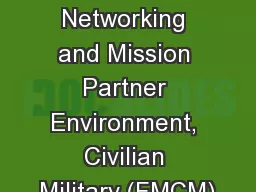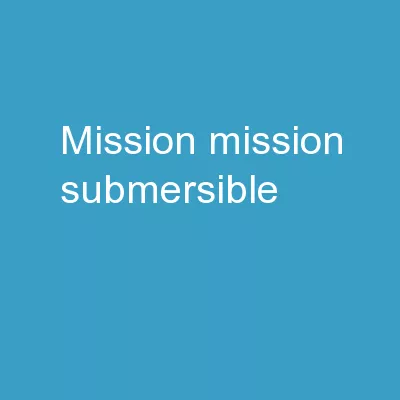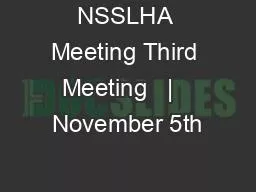PPT-Mission Still Possible Friday, November 4 | 4:00-4:45
Author : carny | Published Date : 2023-09-25
Presenters Wendy BrillWynkoop FACCC President Ginni May ASCCC President Carrie Roberson ASCCC AtLarge Representative 2 Description The California Community
Presentation Embed Code
Download Presentation
Download Presentation The PPT/PDF document "Mission Still Possible Friday, November ..." is the property of its rightful owner. Permission is granted to download and print the materials on this website for personal, non-commercial use only, and to display it on your personal computer provided you do not modify the materials and that you retain all copyright notices contained in the materials. By downloading content from our website, you accept the terms of this agreement.
Mission Still Possible Friday, November 4 | 4:00-4:45: Transcript
Download Rules Of Document
"Mission Still Possible Friday, November 4 | 4:00-4:45"The content belongs to its owner. You may download and print it for personal use, without modification, and keep all copyright notices. By downloading, you agree to these terms.
Related Documents

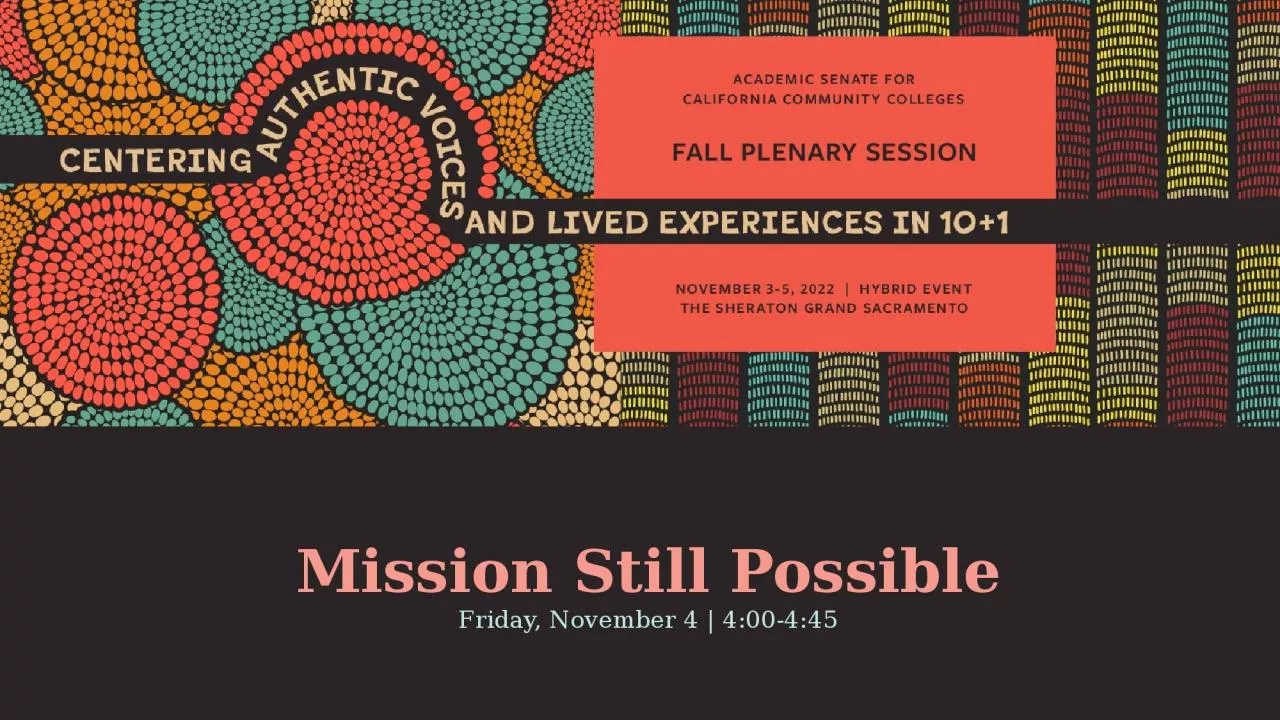
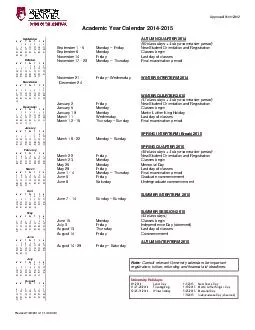
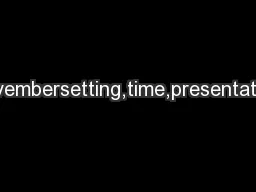


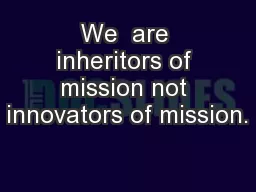
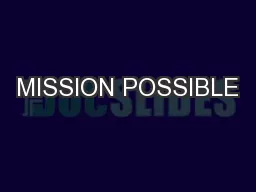

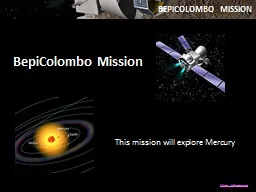
![The separation of these two things [mission and church] which God has joined together](https://thumbs.docslides.com/692096/the-separation-of-these-two-things-mission-and-church-which-god-has-joined-together-must-be-jud.jpg)
